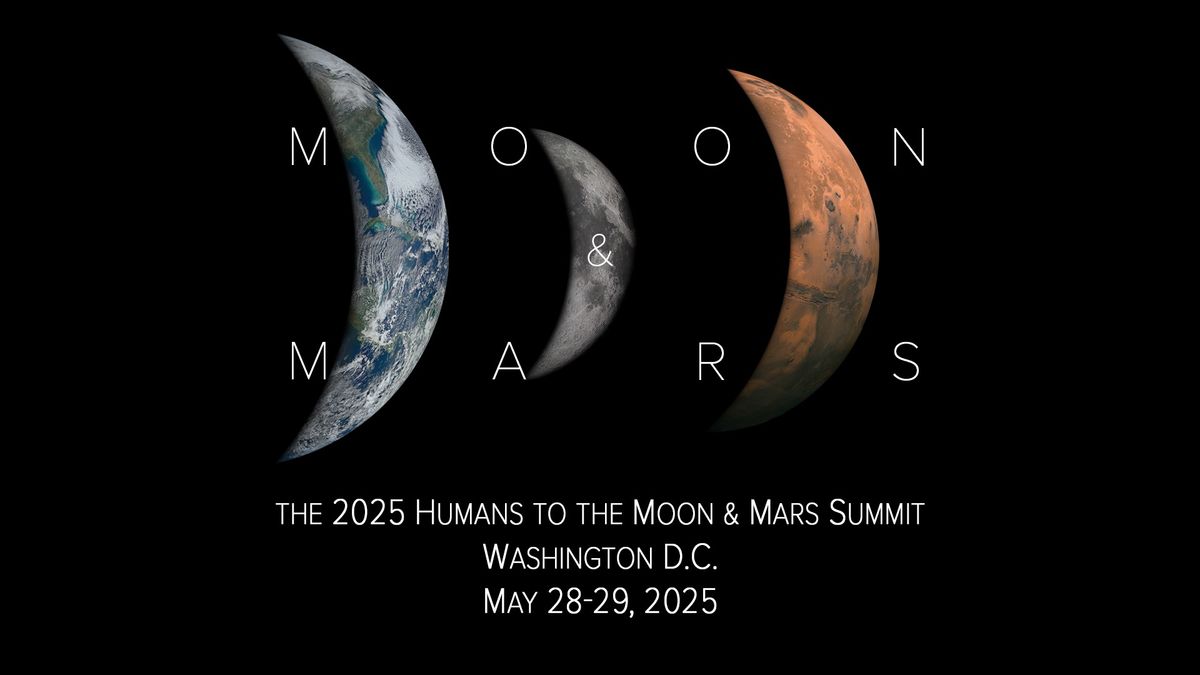Now Reading: 2025 Humans to Moon & Mars Summit: How to Watch on May 28-29
-
01
2025 Humans to Moon & Mars Summit: How to Watch on May 28-29
2025 Humans to Moon & Mars Summit: How to Watch on May 28-29

Speedy Summary
- Event Overview: Teh 2025 Humans to the Moon & Mars Summit (H2M2) is a two-day event focused on human space exploration technologies, strategies, and policies. It takes place on May 28-29 at George Washington University,Washington D.C., with in-person and virtual participation.
- Notable Participants:
– Vanessa Wyche: Acting Associate NASA Administrator discussing human spaceflight operations.
– David Limp: Blue Origin CEO sharing lunar and Martian mission plans.
– Dr. Shawna Pandya: physician-scientist examining long-duration spaceflight impacts.
– Dr. Bhavya Lal: NASA official exploring emerging tech for enduring exploration.- Mike Gold: Architect of Artemis Accords emphasizing legal frameworks.
- Topics Explored:
– Crew safety during deep-space missions.
– Sustainability of lunar and Martian habitats.
– Advancing in-space manufacturing capabilities and international cooperation for Mars missions.
- Key Context: Positions critically important discussion regarding NASA’s Artemis program aimed at returning humans to the Moon by 2027 as groundwork for future manned Mars missions in the 2030s. Partnerships like the Artemis Accords underscore global commitment to peaceful exploration.
See full details here: Read More
Indian Opinion Analysis
India’s advancements in spacefaring technologies have positioned it as a potential partner in international collaborations such as those emphasized during events like H2M2. such as, ISRO’s Chandrayaan mission demonstrates India’s foothold in lunar exploration while its plans for upcoming crewed Gaganyaan missions align with similar aspirations expressed globally.
The summit underscores rising multilateral agreements like the Artemis Accords that create collaborative opportunities globally but may require nations to carefully negotiate political autonomy within cooperative frameworks-critical for both technological innovation and strategic positioning on extraterrestrial initiatives. India’s approach should factor such dynamics while advancing its autonomous capacity through investments in advanced propulsion systems or reusable launch vehicles seen elsewhere at this forum.
While directly participating nations envision Mars expeditions soon after solidifying lunar sustainability, india can use its existing lower-cost innovation niche to contribute substantially toward foundational elements such as robotics or materials science critical across all stages bridging challenges behind interplanetary ambitions overall without missing independent vision progress routes organically evolution-testing doctrines relevant domestic roadmap policies .























